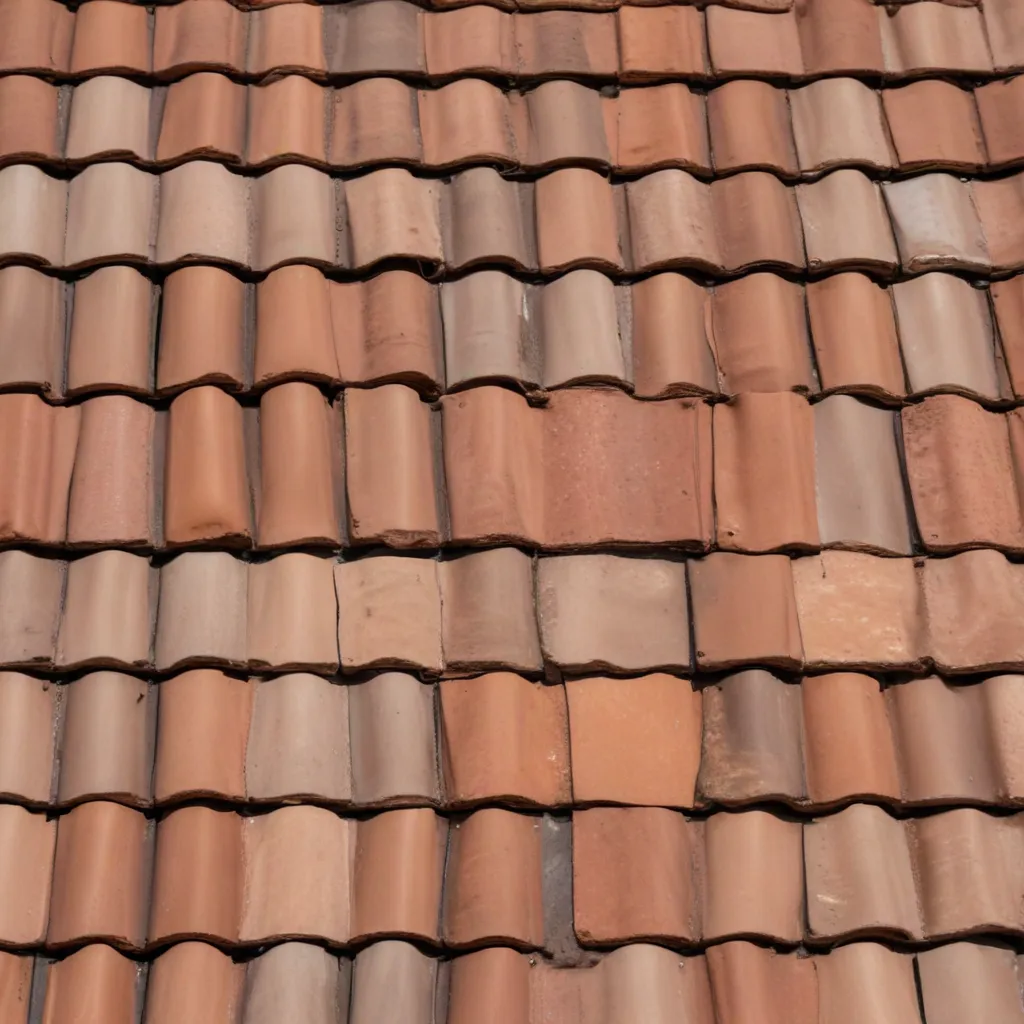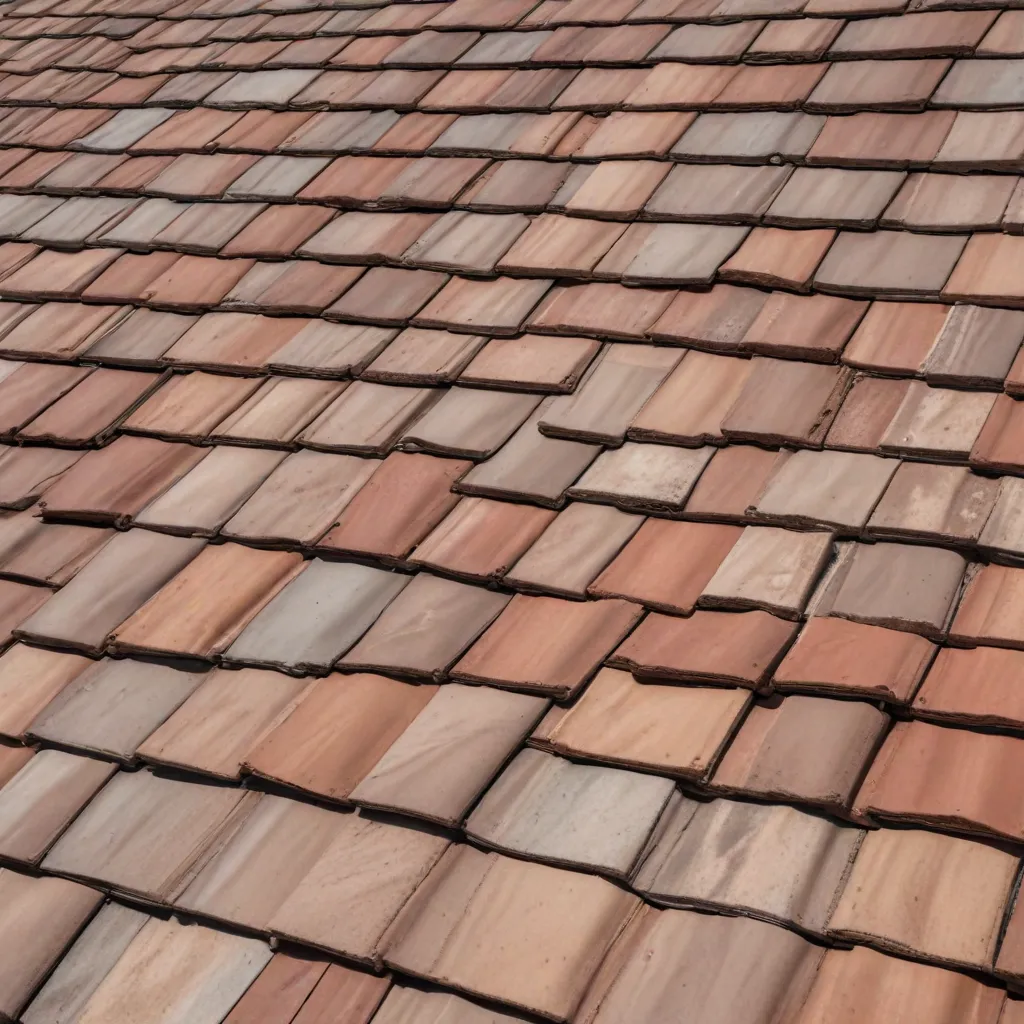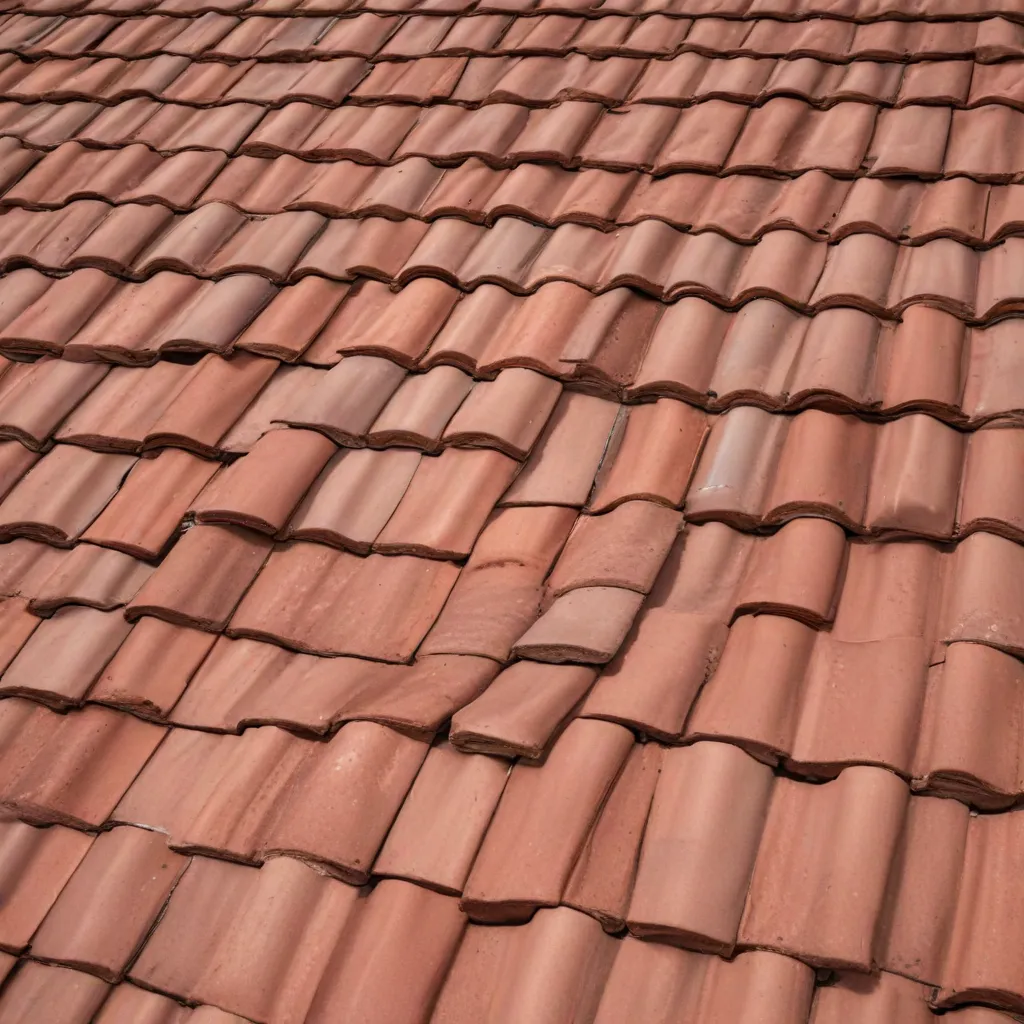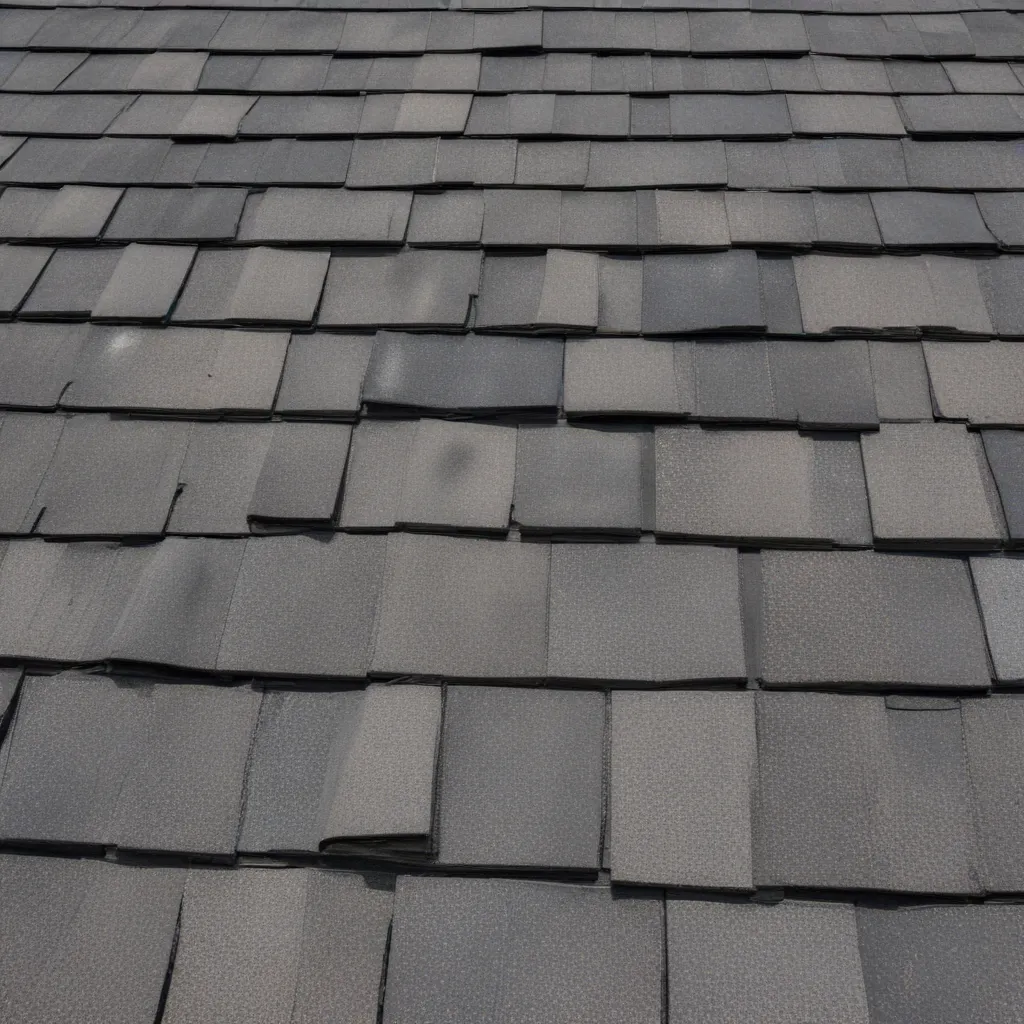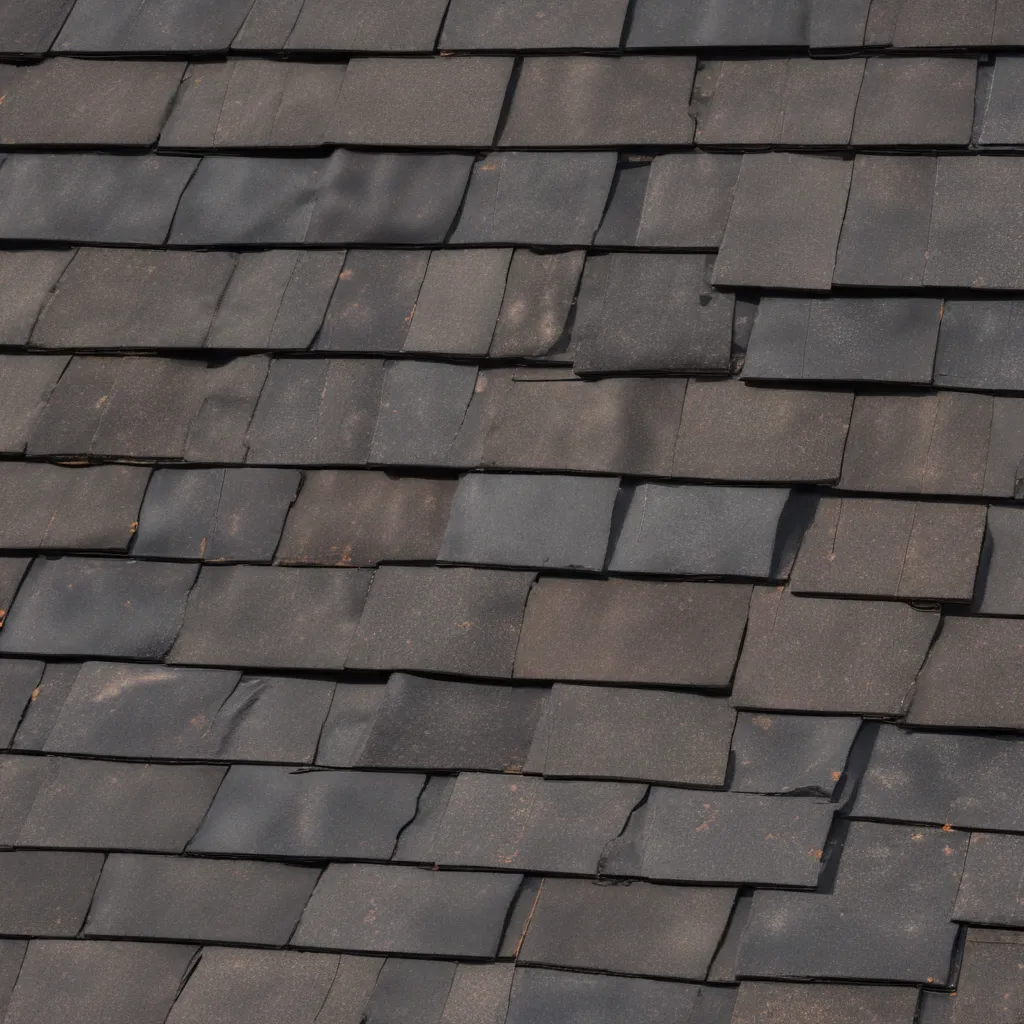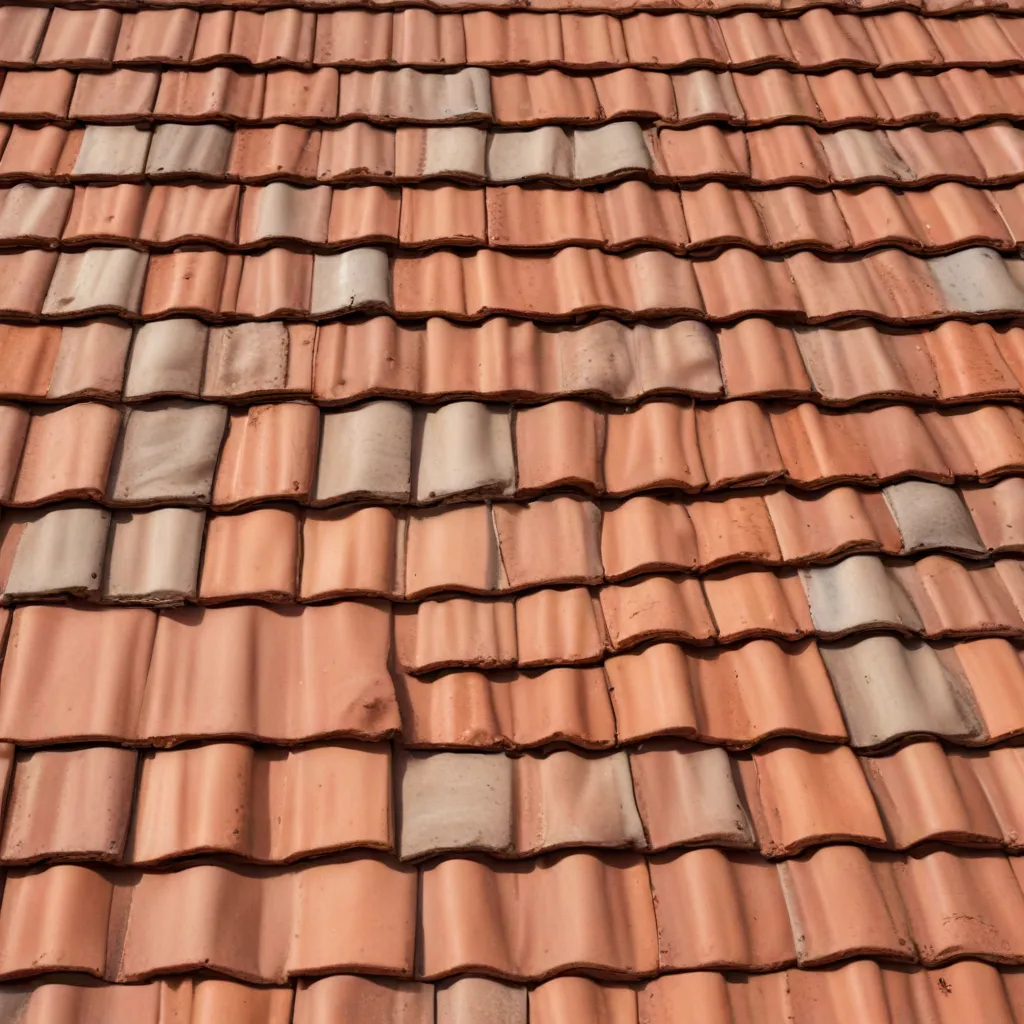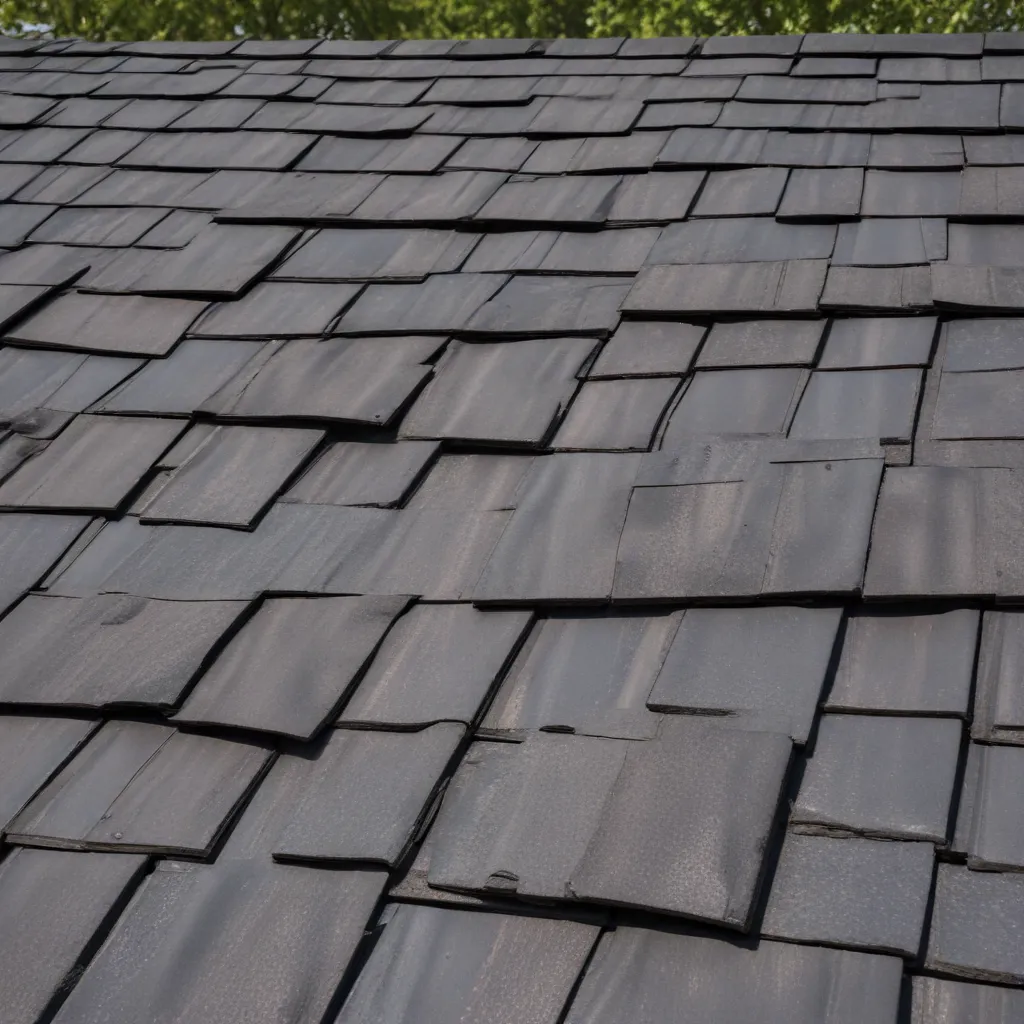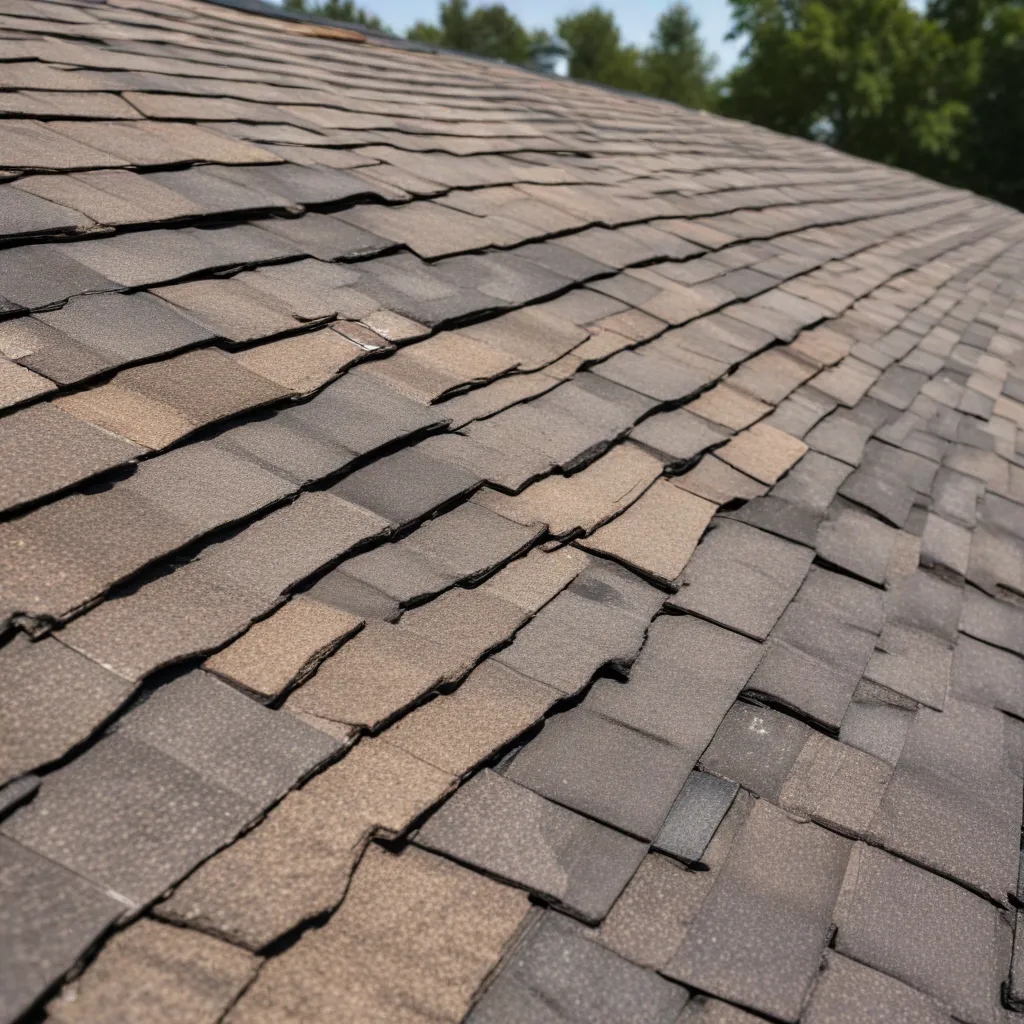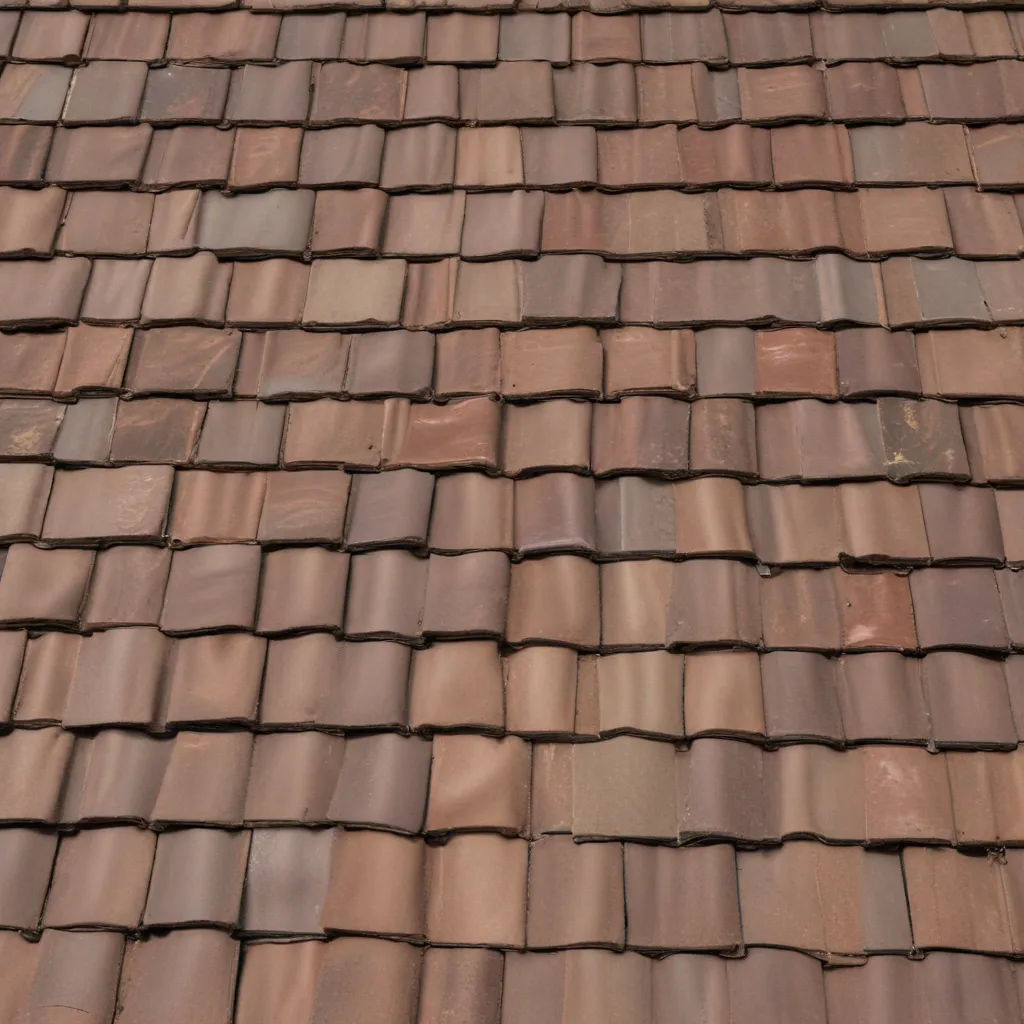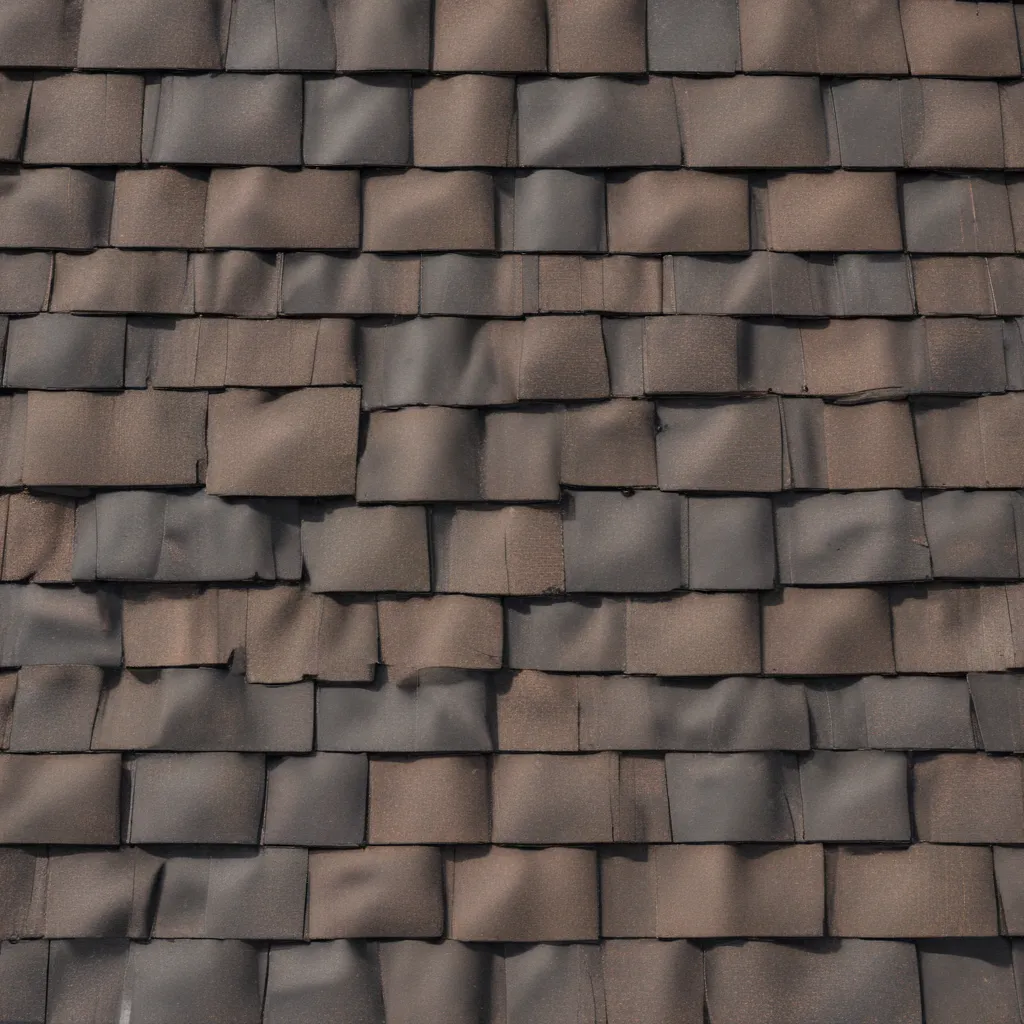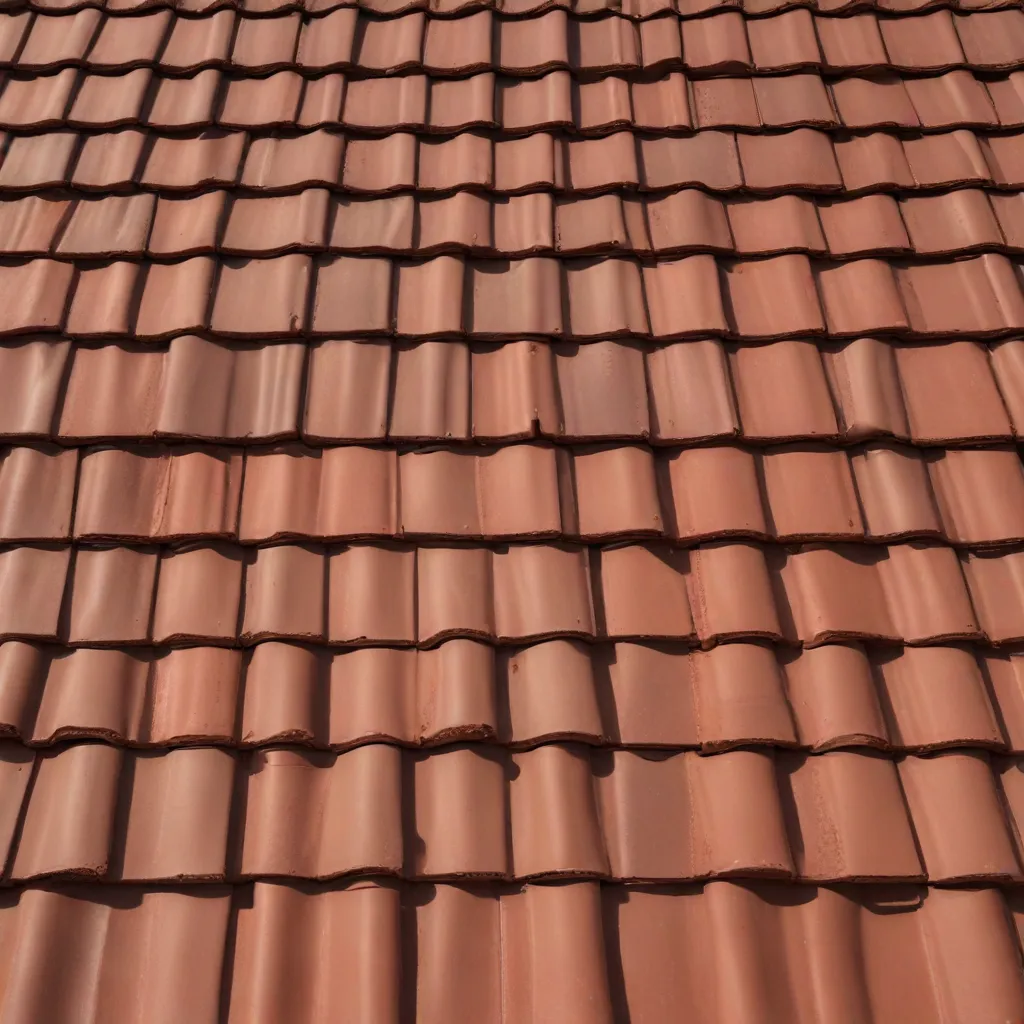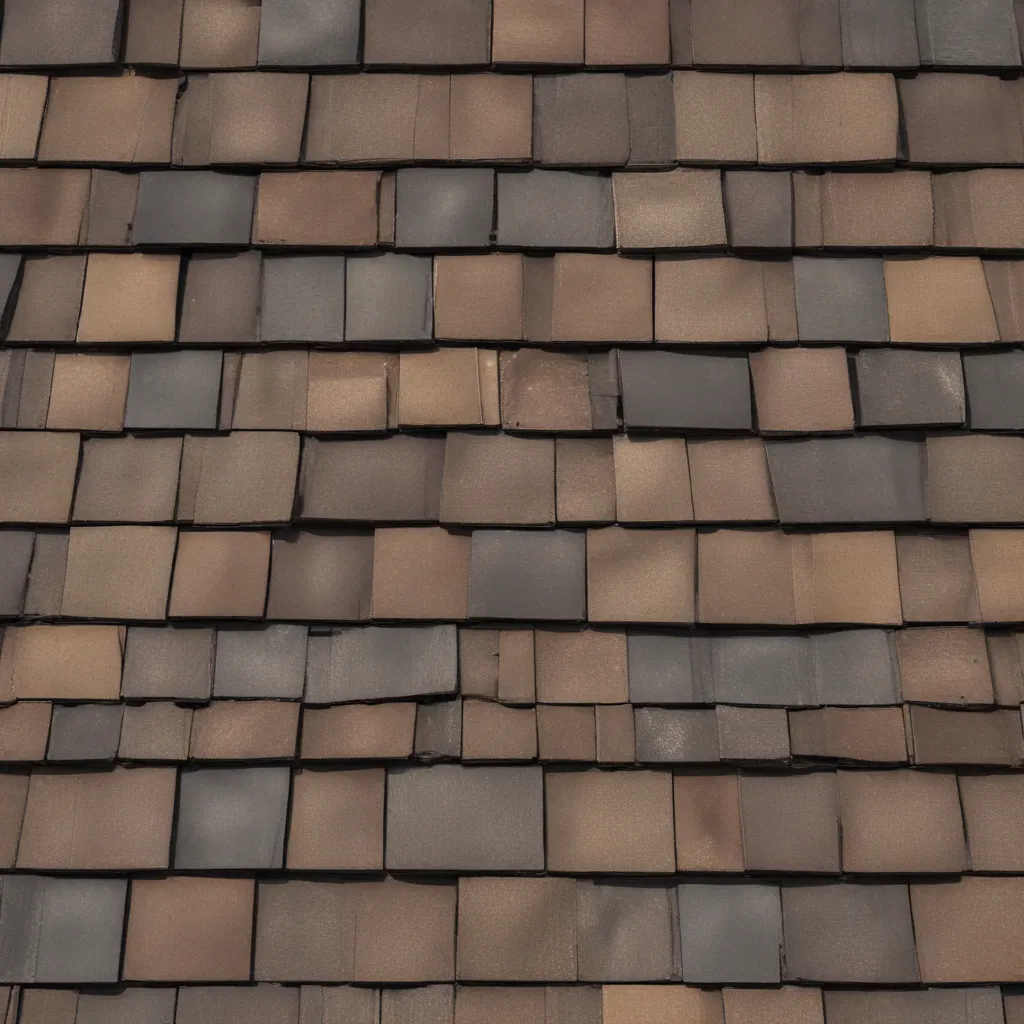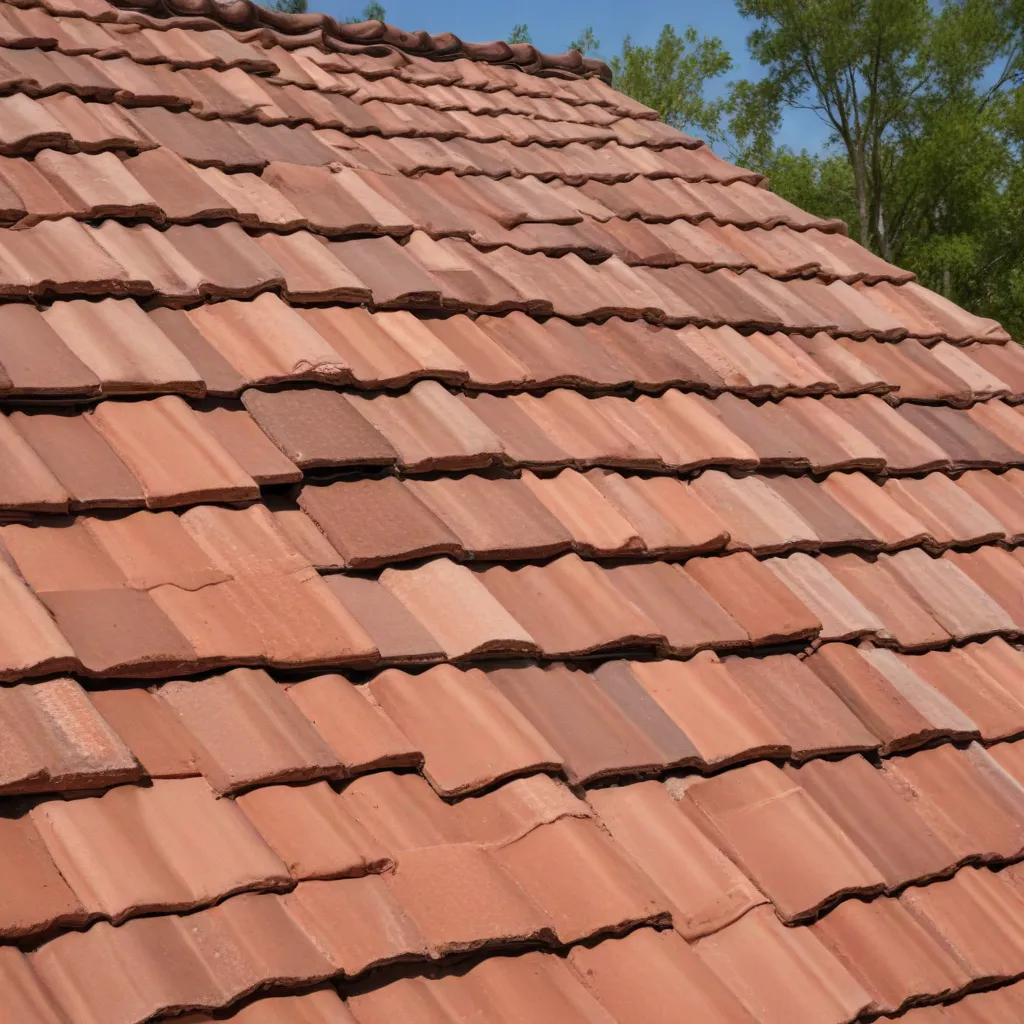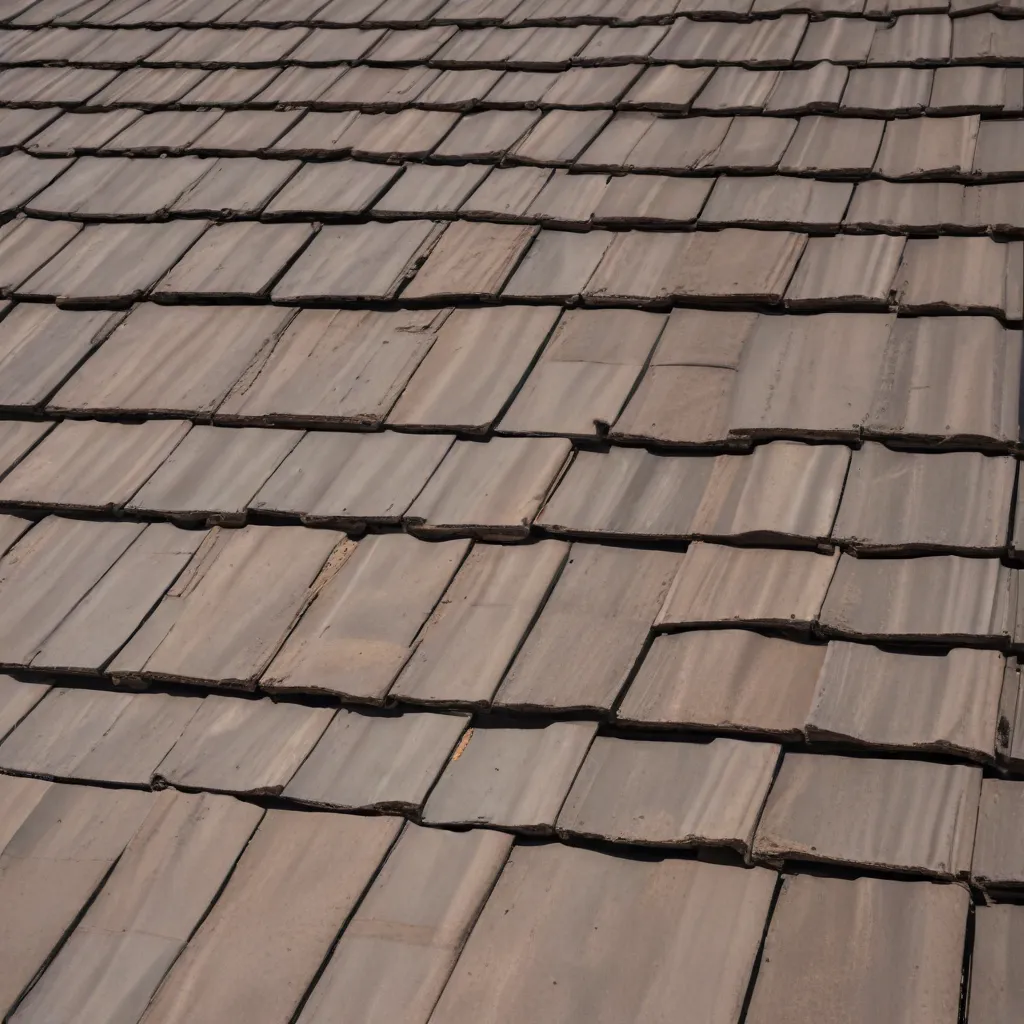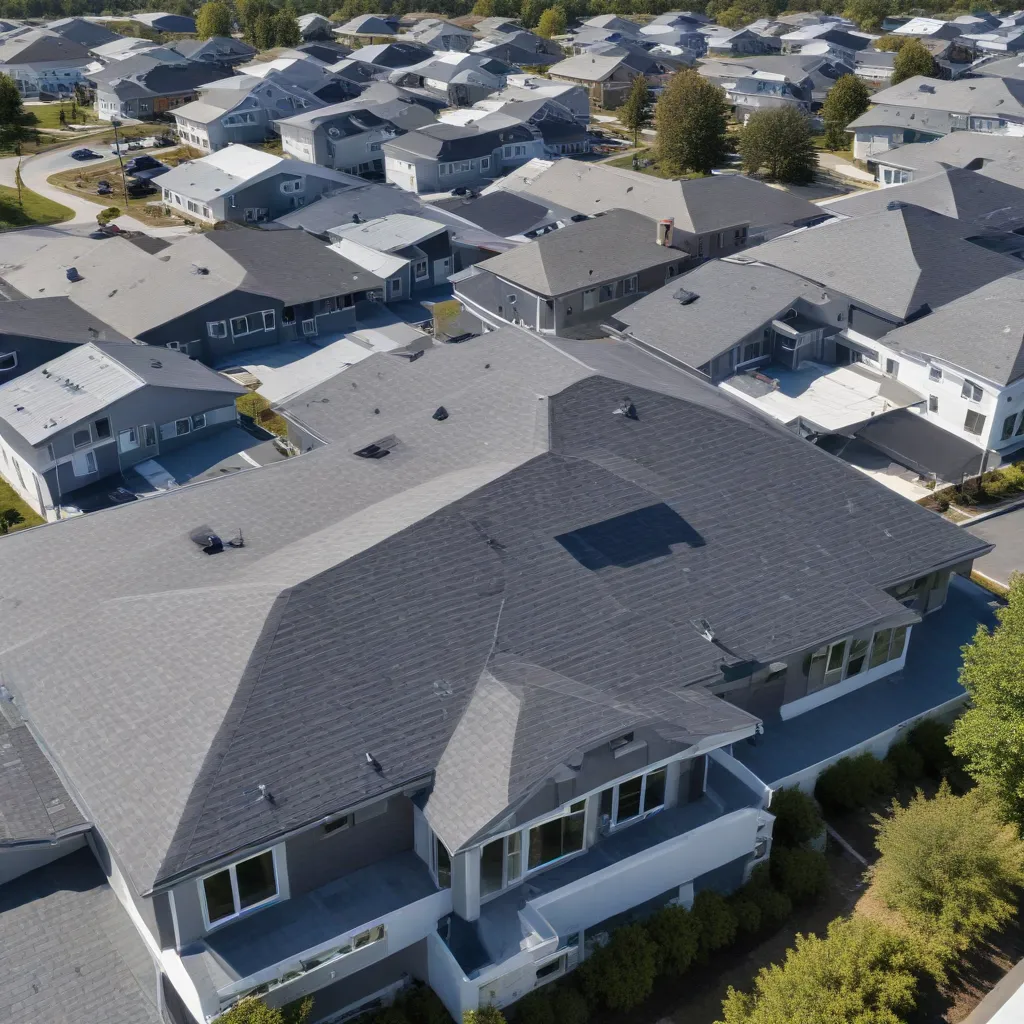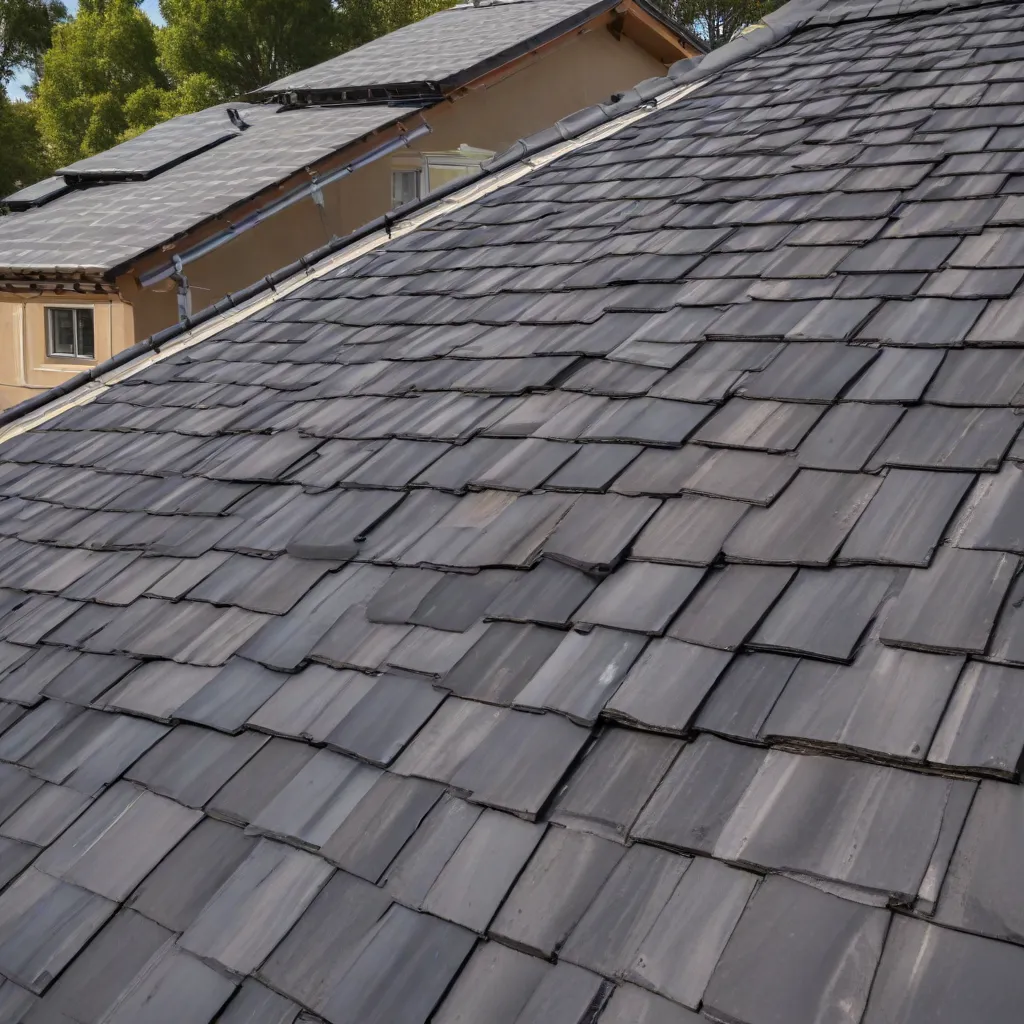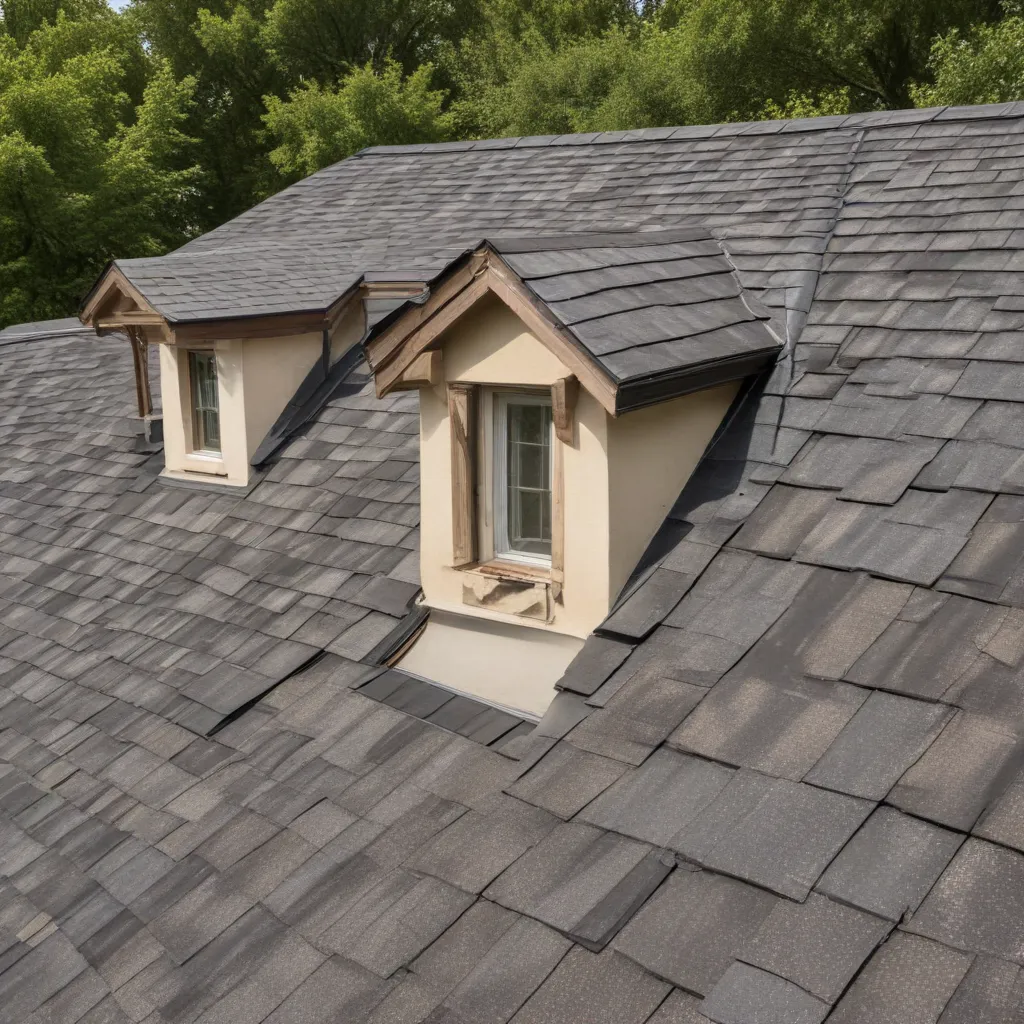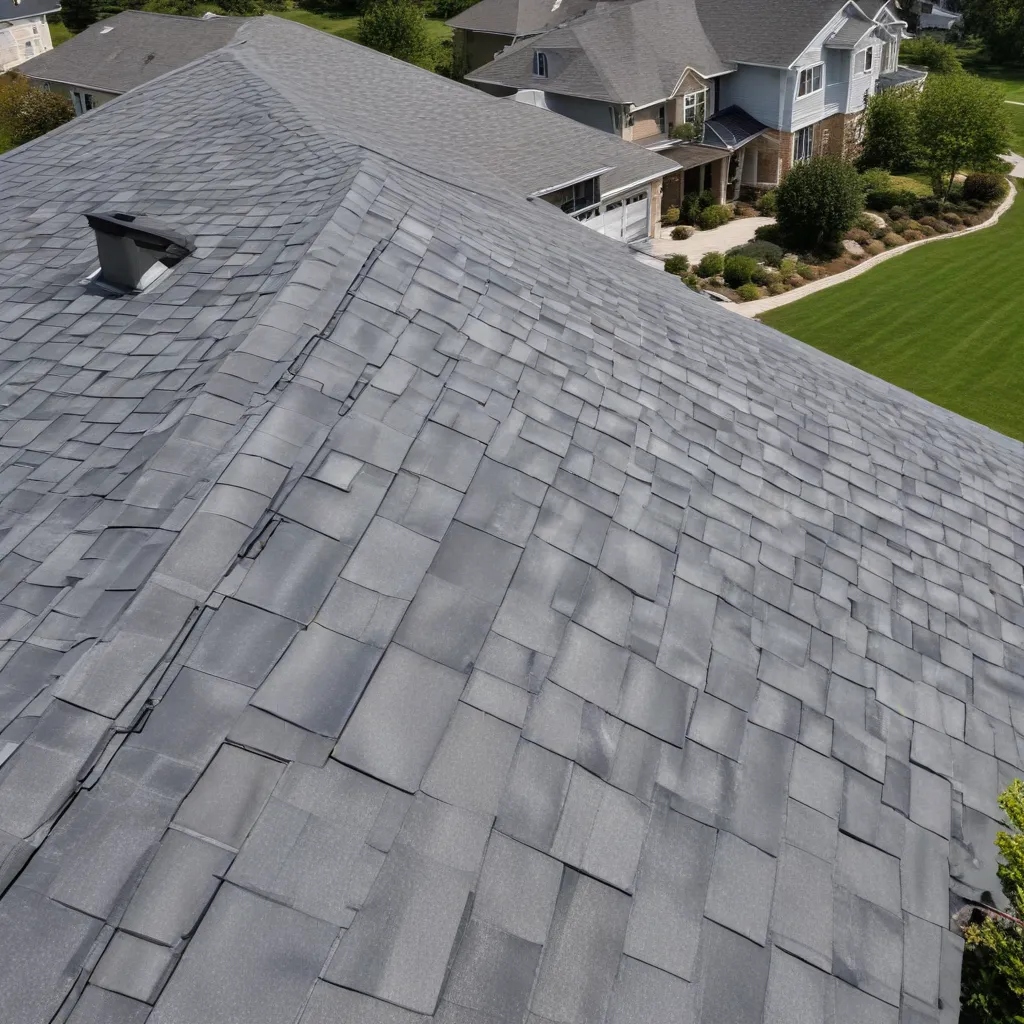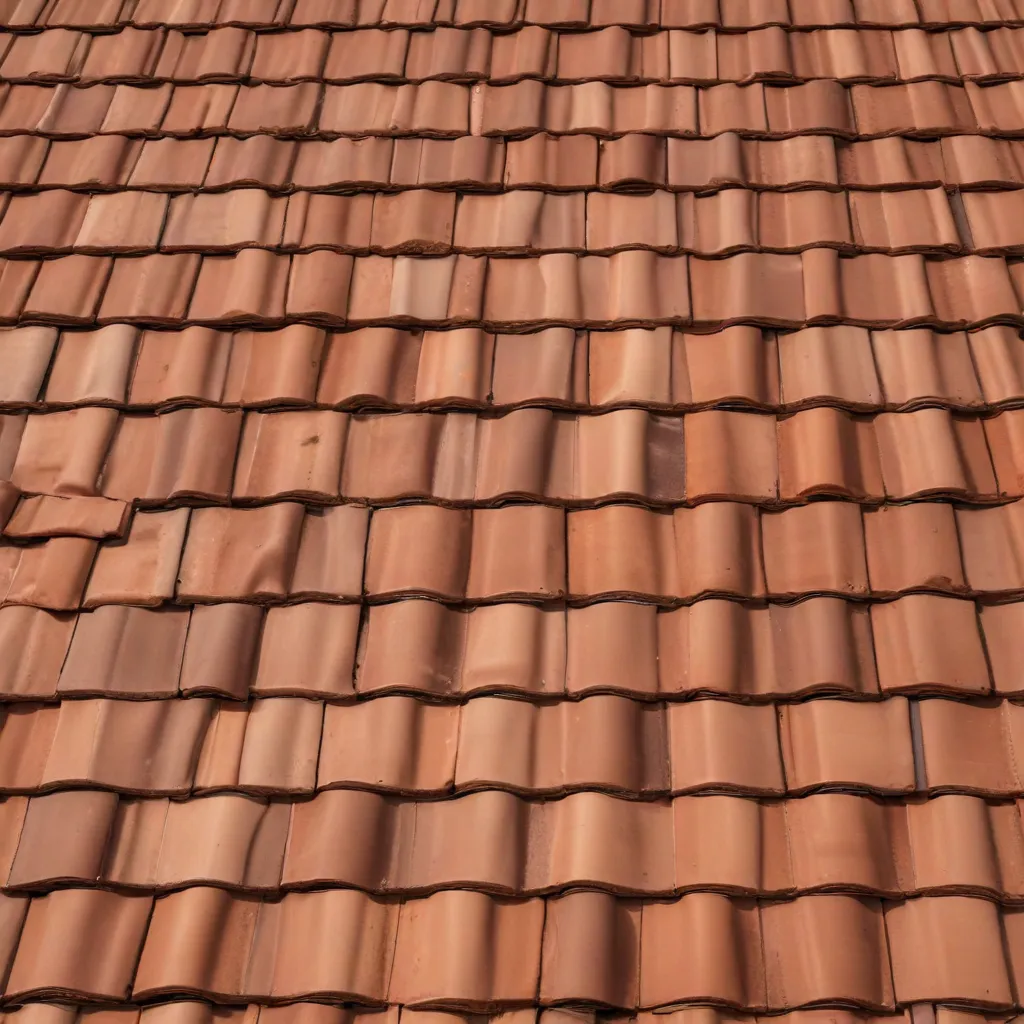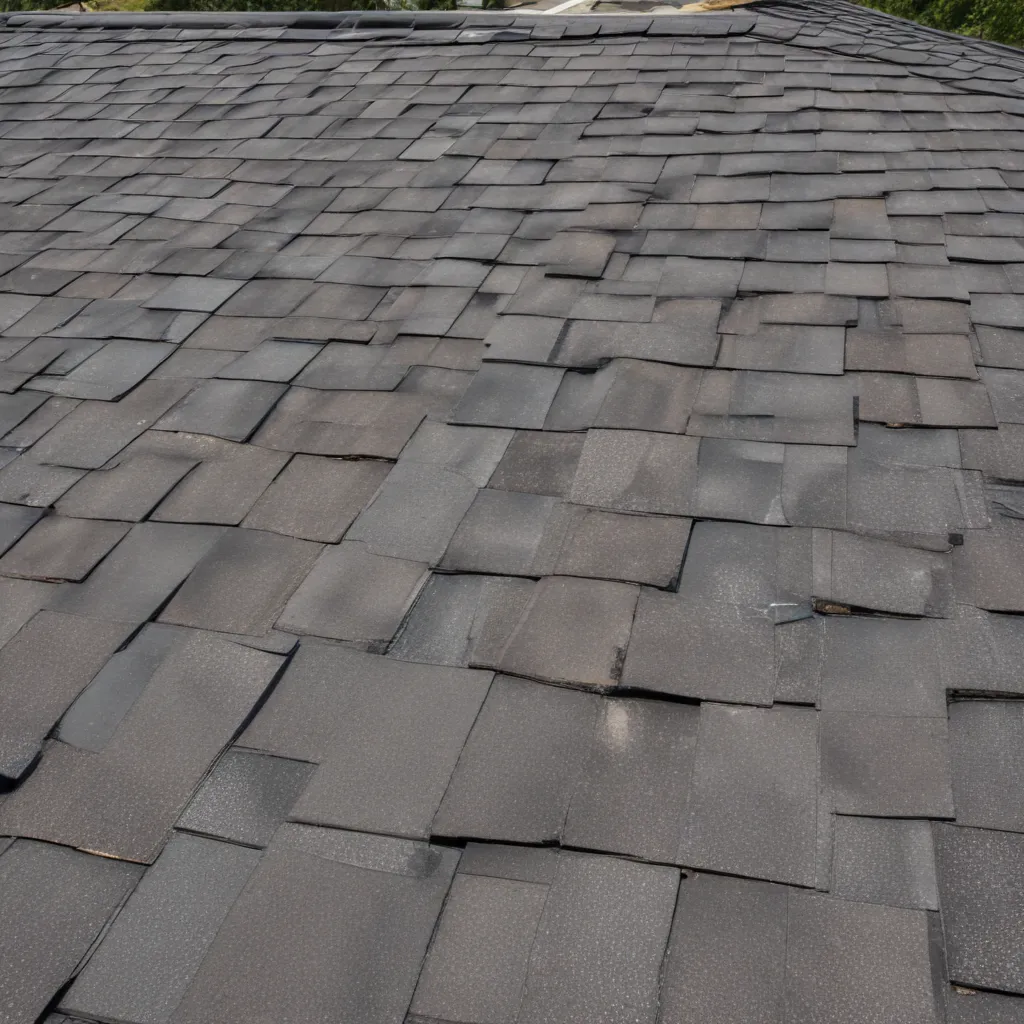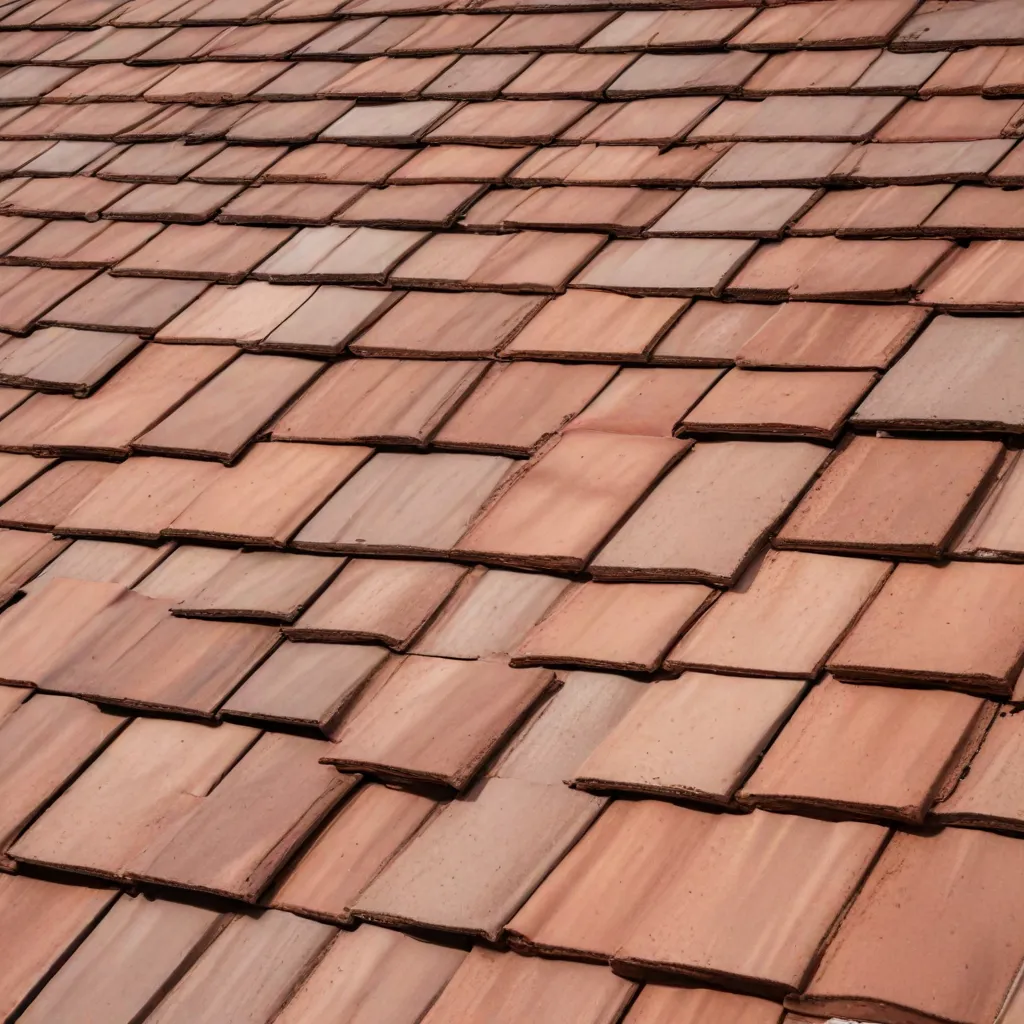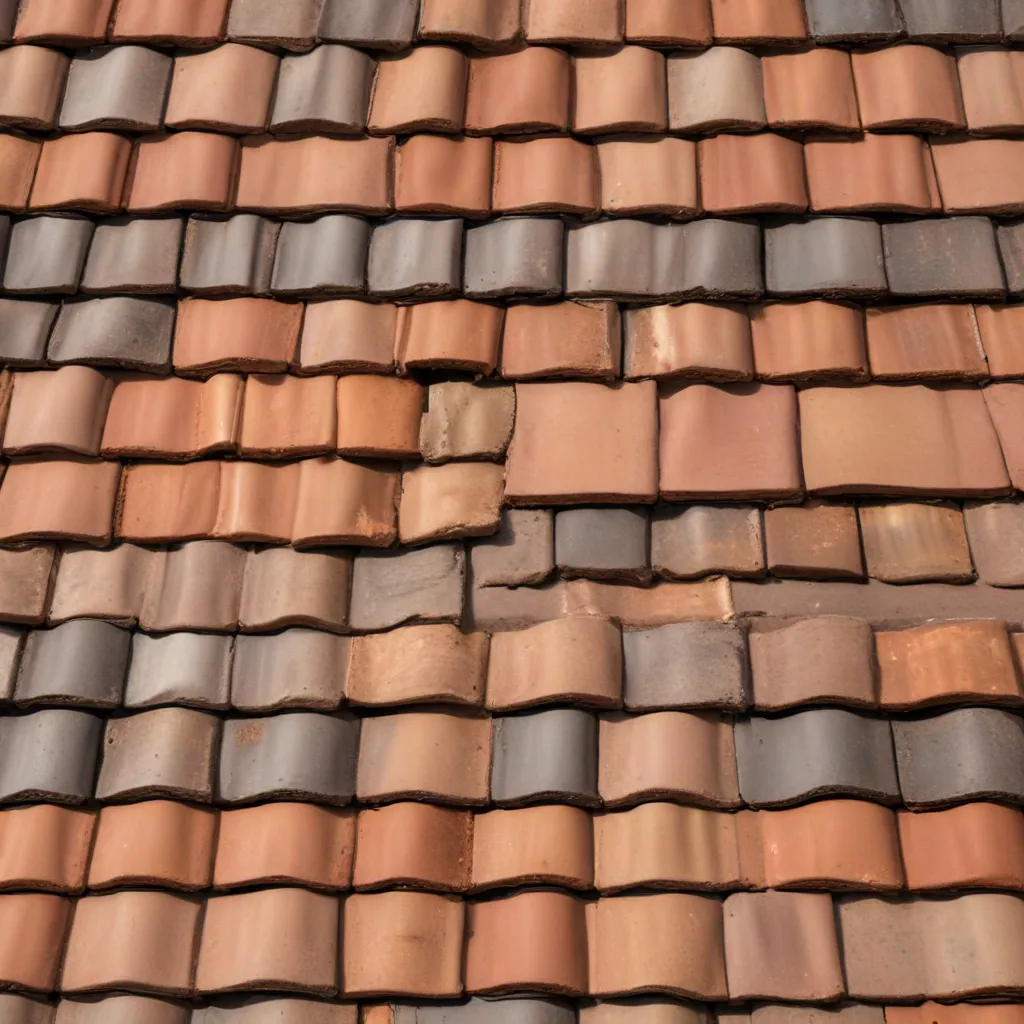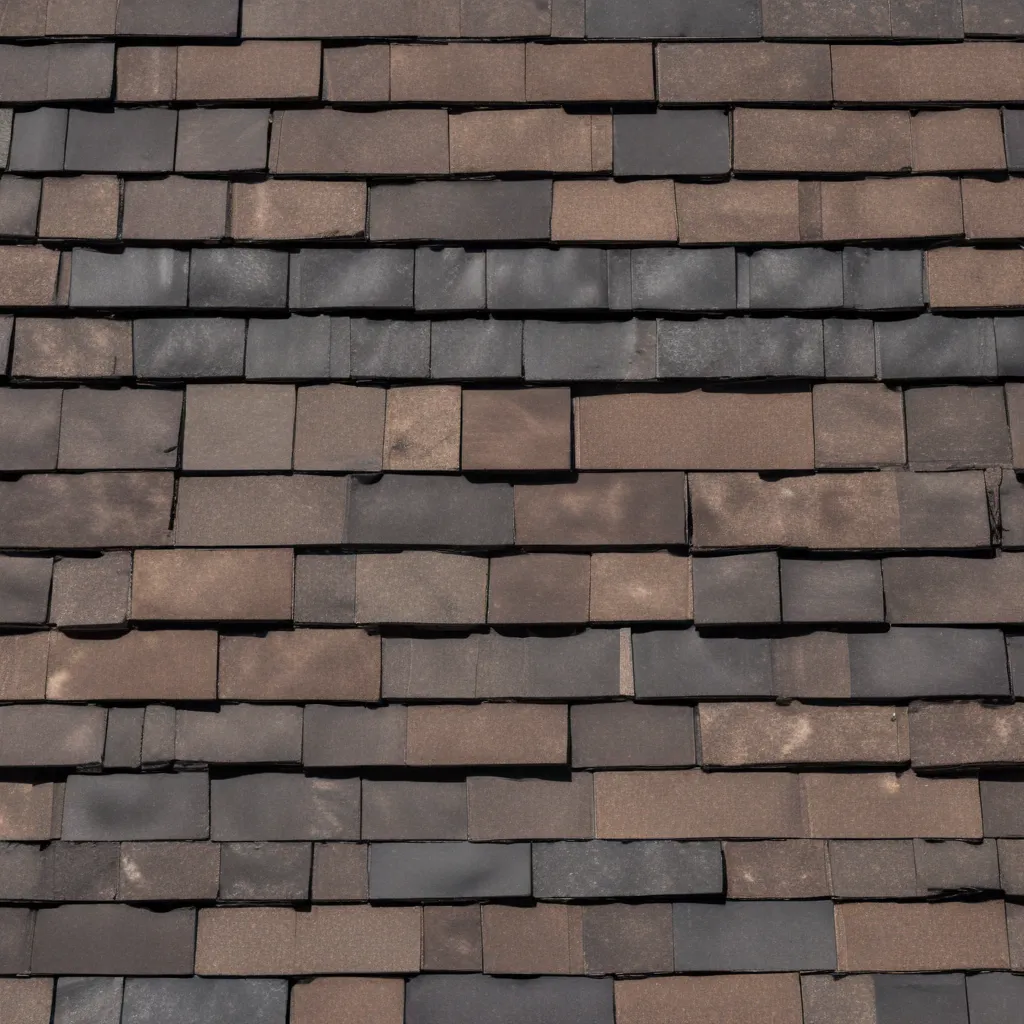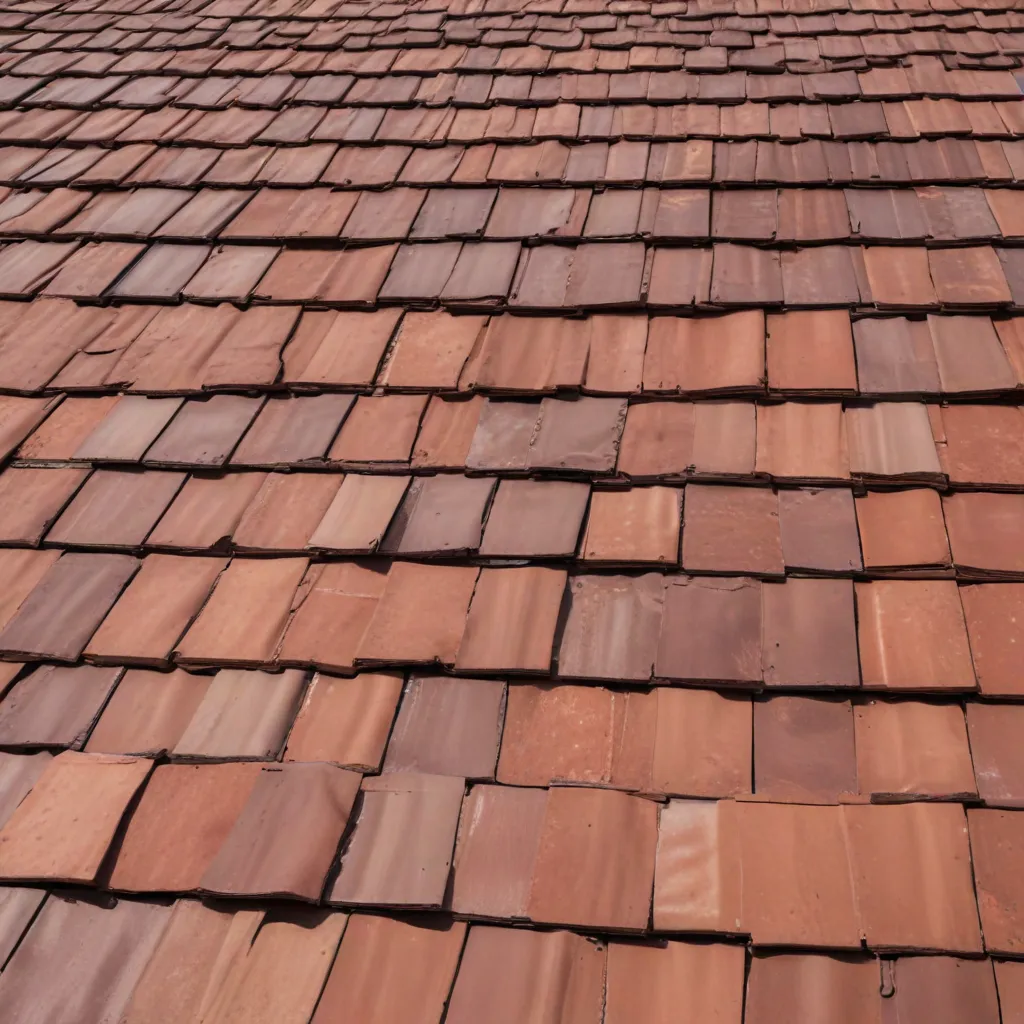Welcome to our comprehensive guide on the role of roofing insulation in preventing ice dams and winter roof damage. As winter approaches, it’s crucial to ensure that your roof is properly insulated to protect your home from the harsh weather conditions that can lead to costly repairs and energy inefficiency. In this article, we’ll explore the importance of insulation, how it prevents ice dams, and the various types of insulation available. By the end, you’ll have a clear understanding of why insulation is a key factor in maintaining a durable and energy-efficient roof.
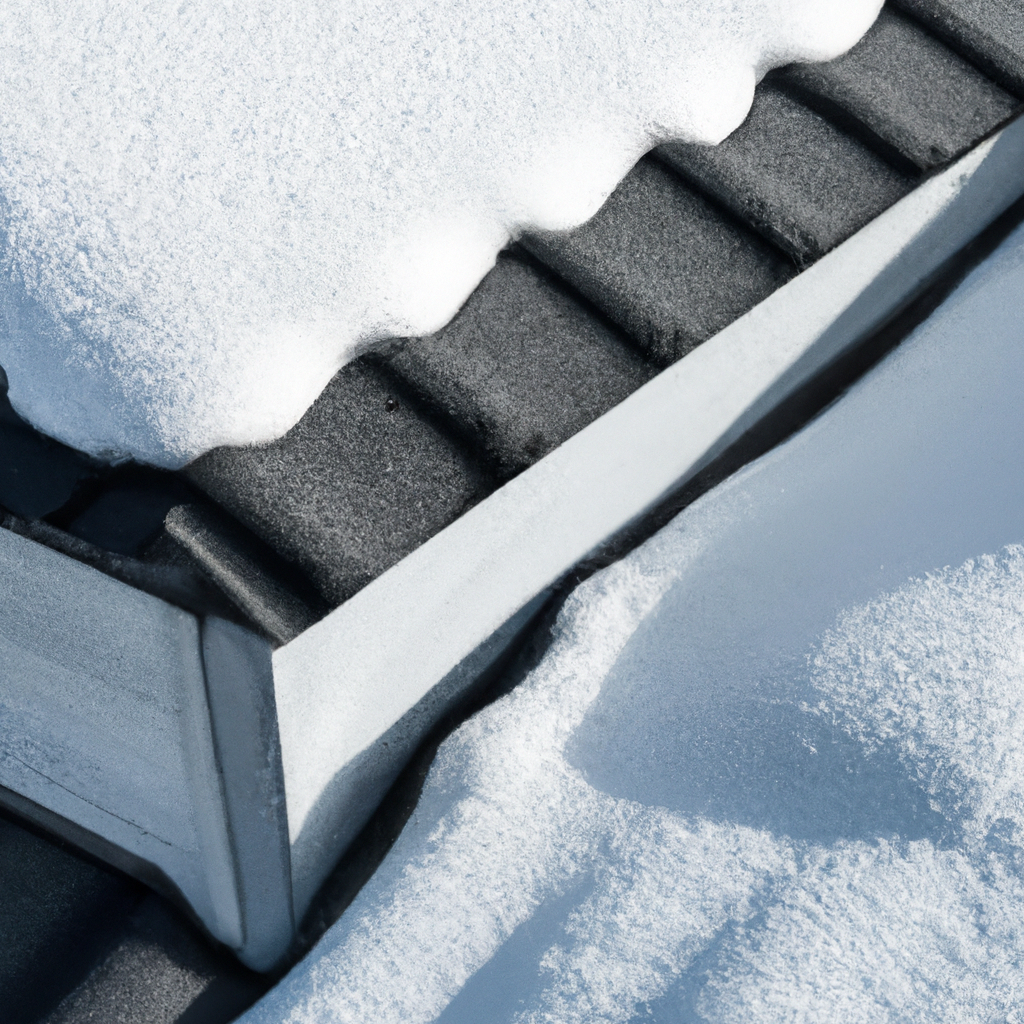
Understanding Ice Dams
Before we dive into the role of insulation, let’s first understand what ice dams are and why they pose a threat to your roof. Ice dams are formed when snow on the roof melts due to heat escaping from the interior of your home. The melted snow then refreezes at the eaves, creating a barrier that prevents proper drainage. As more snow melts, it accumulates behind the ice dam, potentially causing water to seep into your home and damage the underlying structure.
Importance of Roofing Insulation
Proper insulation plays a vital role in preventing ice dams and winter roof damage. It acts as a barrier, minimizing heat loss from the interior of your home to the roof surface. By reducing the amount of heat that escapes, insulation helps maintain a consistent roof temperature, preventing snow from melting unevenly and forming ice dams.
Types of Roofing Insulation
There are various types of insulation available, each with its own benefits and considerations. Let’s explore some of the most common types:
- Fiberglass Insulation: This type of insulation is made up of tiny glass fibers and is widely used in residential applications. It is known for its affordability, fire resistance, and excellent thermal performance.
- Cellulose Insulation: Made from recycled materials such as newspapers and cardboard, cellulose insulation is an eco-friendly option. It provides good thermal insulation and can be easily installed in attics and wall cavities.
- Spray Foam Insulation: This type of insulation expands upon application, filling gaps and creating an airtight seal. It offers superior insulation and helps prevent air leakage, making it an effective solution for minimizing heat loss.
- Rigid Foam Insulation: Rigid foam boards are commonly used in roofing applications. They provide high thermal resistance, are moisture resistant, and can withstand extreme temperatures.
Ensuring Proper Insulation
Now that we’ve covered the types of insulation available, let’s discuss how to ensure proper insulation in your home:
- Assess Current Insulation: Start by evaluating your current insulation levels. Check for any gaps, compressed insulation, or areas where insulation may be lacking. This assessment will help you determine if additional insulation is needed.
- Consider R-Value: The R-value measures the thermal resistance of insulation. It’s essential to select insulation with an appropriate R-value based on your climate zone. Higher R-values offer better insulation performance.
- Seal Air Leaks: Insulation alone is not sufficient if there are air leaks in your home. Pay attention to areas such as windows, doors, and electrical outlets, and seal any gaps or cracks to prevent heat loss.
- Proper Ventilation: Adequate ventilation is crucial to maintain a healthy and well-insulated roof. It helps regulate moisture levels and prevents the formation of ice dams. Ensure that your attic has proper ventilation to allow for the escape of warm air.
- Professional Installation: While some insulation projects can be DIY, it’s often best to hire a professional for optimal results. They have the expertise to assess your insulation needs, recommend the right type and amount of insulation, and ensure proper installation.
Conclusion
In conclusion, proper roofing insulation plays a crucial role in preventing ice dams and winter roof damage. By reducing heat loss and maintaining a consistent roof temperature, insulation helps prevent the formation of ice dams that can lead to costly repairs. Consider the various types of insulation available, assess your current insulation levels, and ensure proper installation to enjoy a durable and energy-efficient roof. Don’t overlook the importance of insulation when it comes to protecting your home during the winter months. Stay proactive and safeguard your roof against the challenges of winter weather.

